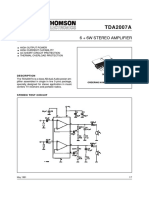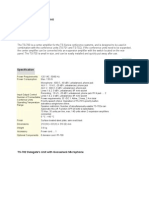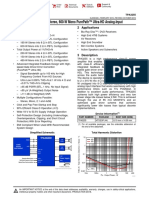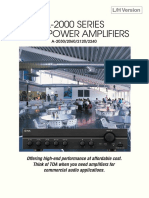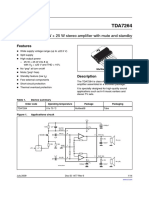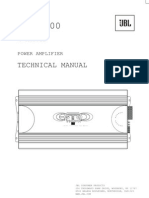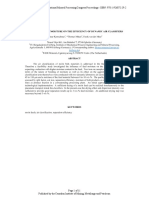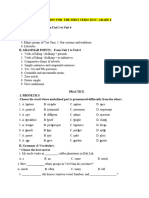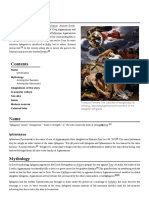0% found this document useful (0 votes)
16 views27 pagesSound System Design Basics
The document provides guidelines for designing sound systems, focusing on concepts such as uniform sound distribution, sound pressure levels, speech transmission index, and reverberation time. It includes tips for microphone selection and placement, as well as software tools offered by TOA for system design. Additionally, it outlines the necessary components and considerations for creating a complete public address system.
Uploaded by
mohammed.shawky23Copyright
© © All Rights Reserved
We take content rights seriously. If you suspect this is your content, claim it here.
Available Formats
Download as PDF, TXT or read online on Scribd
0% found this document useful (0 votes)
16 views27 pagesSound System Design Basics
The document provides guidelines for designing sound systems, focusing on concepts such as uniform sound distribution, sound pressure levels, speech transmission index, and reverberation time. It includes tips for microphone selection and placement, as well as software tools offered by TOA for system design. Additionally, it outlines the necessary components and considerations for creating a complete public address system.
Uploaded by
mohammed.shawky23Copyright
© © All Rights Reserved
We take content rights seriously. If you suspect this is your content, claim it here.
Available Formats
Download as PDF, TXT or read online on Scribd
/ 27


